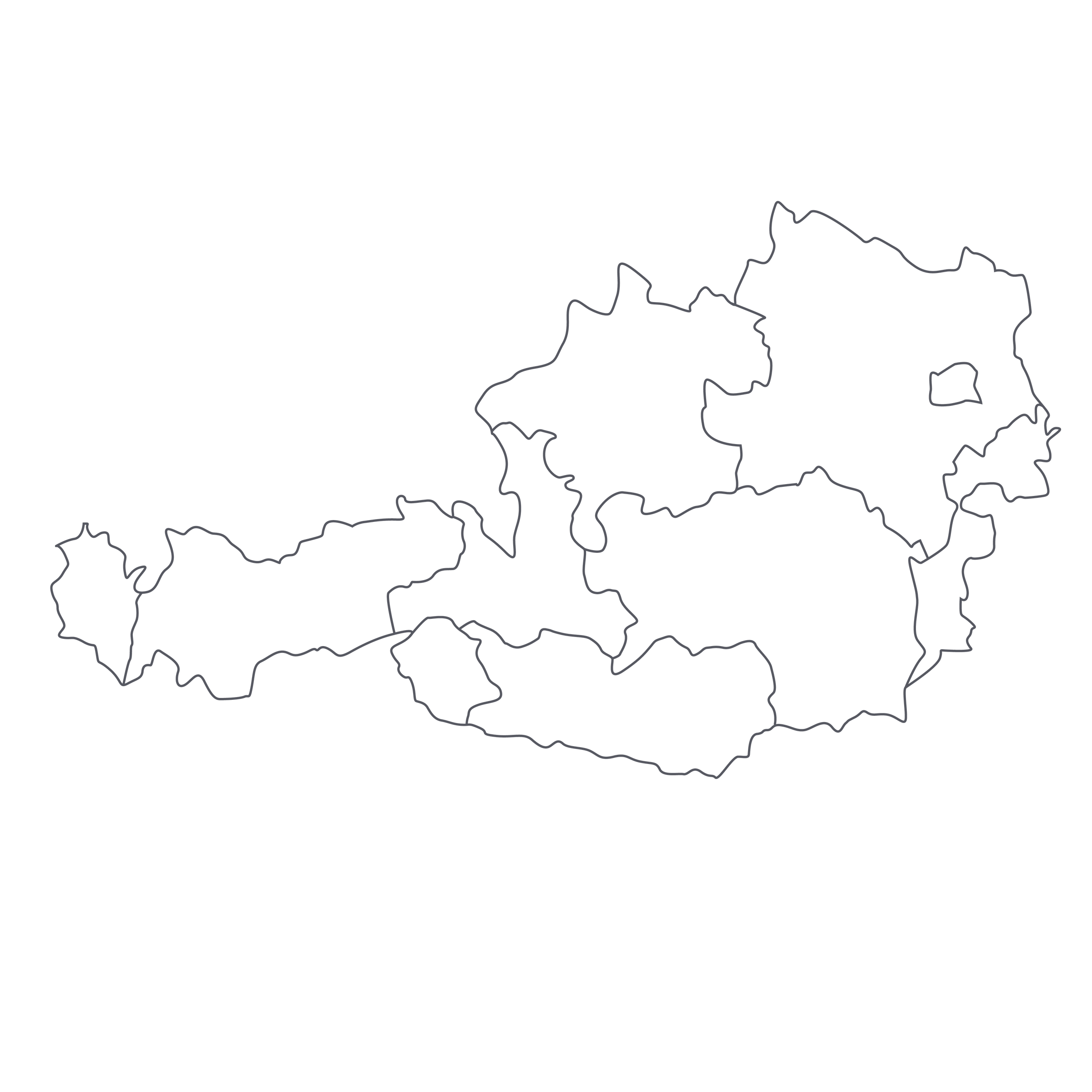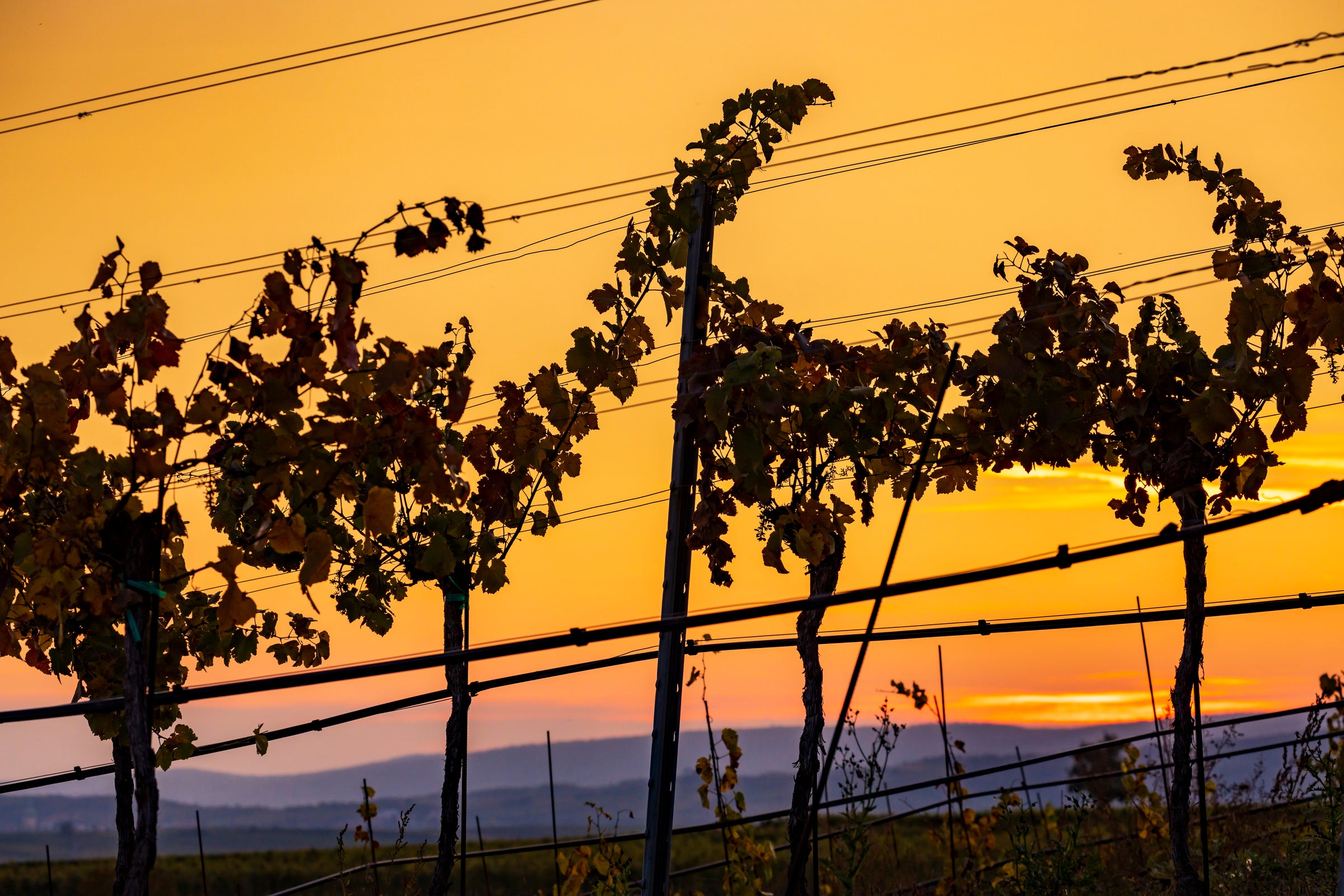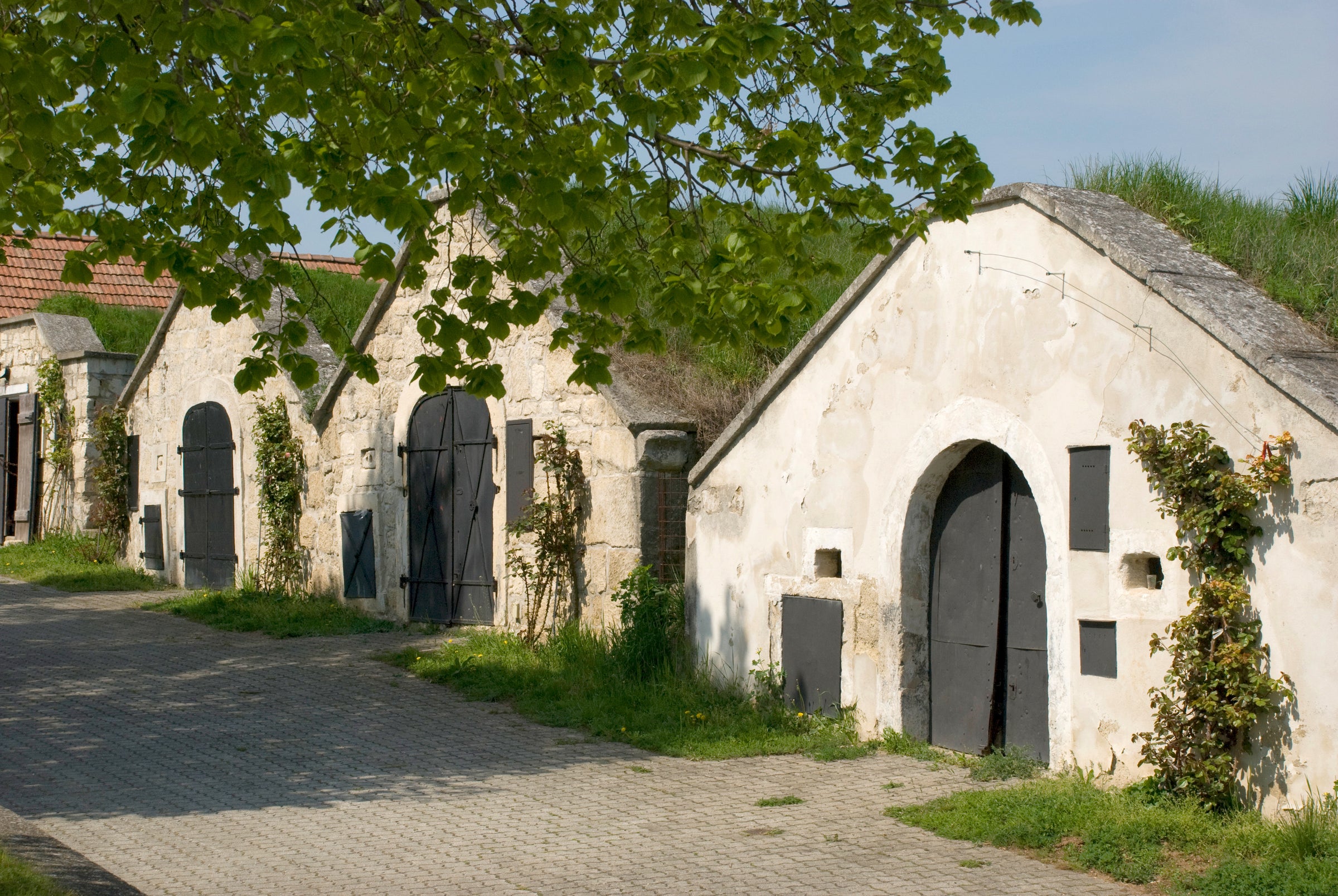Somehow, despite being Austria’s largest wine region, the Weinviertel—which, at around 14,000 hectares under vine, is about 10 times the size of the Wachau—isn’t well known. Well, Christoph Körner of Weingut Dürnberg is doing more than his share to change that. Today’s Grüner Veltliner Reserve is not merely a best-in-class performer and a pitch-perfect expression of the quintessential Austrian white: it is a testament to the power of hands-on, sustainable viticulture.
Of the vast multitude of wineries in the Weinviertel, the only one in the region to have obtained certification under the Sustainable Austria banner is Dürnberg. Abstaining from “crutches” such as nitrate fertilizers and chemical pesticides ultimately creates higher farming costs, but you simply can’t argue with the results; not only is this concentrated, evocatively aromatic Grüner as pure an expression of the grape as you’re likely to find, it still, despite the extra effort behind it, comes in at a deliciously low price. All things considered, this is a pretty special bottle of wine and a must-try for all who share my love of well-made, terroir-expressive Grüner Veltliner.
Tucked in the northeast corner of Austria, running up to the borders of the Czech Republic and Slovakia, the Weinviertel, or “wine quarter,” has largely been overlooked despite its relatively vast dimensions. It has a more open, rolling landscape in comparison to the steep, terraced pitches of the Kremstal/Kamptal/Wachau triumvirate further west on the Danube, and different soil composition: Dürnberg’s vineyards, situated in the historic village of Falkenstein, are predominantly limestone and clay (as compared to the
loess found further west). Given the region’s closer proximity to the Pannonian basin to the east, it is a little warmer and drier, too (making it one of Austria’s more hospitable zones for red grapes as well), but diurnal temperature shifts are often quite dramatic. In all, the effect is to create deep expressions of Grüner Veltliner which, in the hands of producers like Dürnberg, offer
Federspiel and even
Smaragd levels of concentration; today’s ‘Reserve’ (an official classification in the Weinviertal
DAC appellation) has a minimum alcohol level equivalent to Smaragd in the Wachau).
Dürnberg and Christoph Körner have been celebrated in the Austrian and international wine press for the estate’s evocative, authentic lineup—sourced from old vines farmed with great respect and care. Körner practices “green management,” planting a selection of grasses and legumes in his vineyards to promote soil health. This enables the buildup of humus, which in turn eliminates the need for irrigation. Pesticides and fertilizers are verboten, and the hand-harvested fruit is treated transparently in the winery: it is fermented in stainless steel and aged six months in a mix of tanks and used oak vats before bottling.
The magical mix of concentration and tension—not always achievable, regardless of grape or region—is on full display in this 2016 Weinviertel Reserve. In the glass, it exhibits a light golden yellow core with slight green hues on the meniscus. Textbook Grüner (“green”) fruit notes of Anjou pear and green apple meld with hints of white peach, grapefruit, and then a big blast of white pepper, radish, and herbs. It is medium-plus bodied (on the Grüner scale) but buttons up on the finish and really gets the salivary reaction going with stony minerality and a bright, peppery savor reminiscent of just-picked watercress. It is ready to drink now but will continue to improve over the next 2-3 years, adding some flesh to its already substantial frame. Serve it at 45-50 degrees in all-purpose white wine stems and put its appealing savor to work alongside a classic Austrian preparation:
Tafelspitz. The accompanying sauce is a pitch-perfect partner for this delicious (and remarkably affordable) white. Enjoy!






